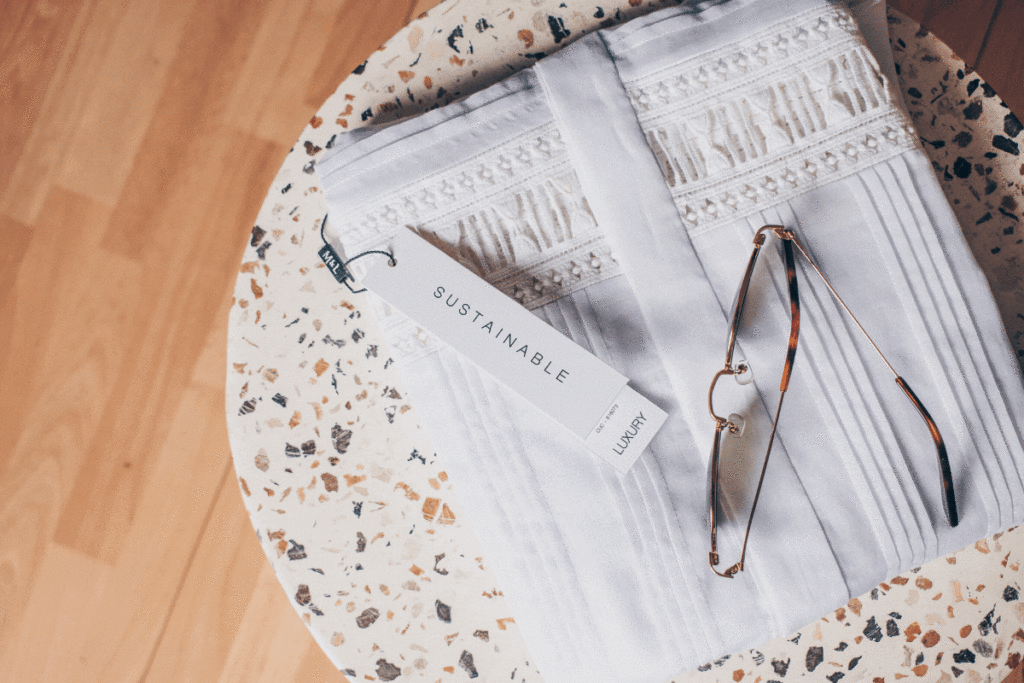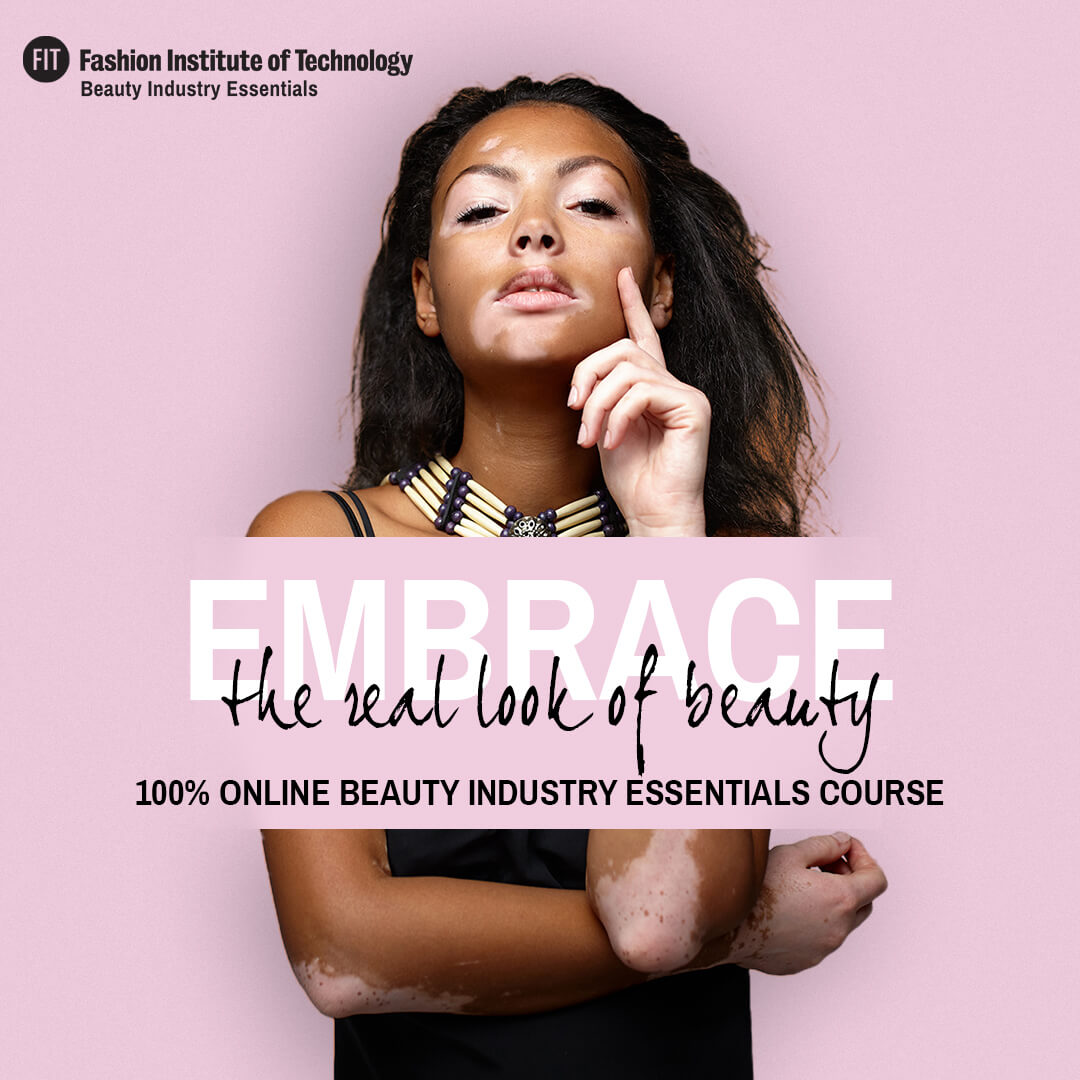Sustainability and ethical fashion have been among the most discussed topics in the fashion industry over the last ten years. For decades, fashion has contributed to environmental harm through mass production, has exploited workers, and decimated natural products. As the effects of the fashion business have become more evident, some within fashion have embraced change. More companies and designers are searching for innovative ways to create fashion without destroying the environment. Brands have committed to using natural dyes instead of synthetic ones, reducing their carbon footprint, or limiting water waste.

Although many brands are forthright in their intentions and goals, others are more interested in the appearance of being sustainable. This approach — known as greenwashing or greenvertising — allows companies to use deceptive tactics to retain environmentally-conscious consumers without having to put any effort into the causes they claim. As a consumer, how do you know your money is going to companies that share the same values as you? Likewise, how do you know you’re aligning yourself with transparent brands if you’re a fashion enthusiast? Below, we take a look at greenwashing and how to decide which brands are right for you.
Companies use greenwashing tactics to retain environmentally-conscious consumers without having to put any effort into the causes they claim.
What is Greenwashing?
It wasn’t that long ago that sustainable fashion was considered a fad. The fashion industry has been allowed to operate without regard for the environment, and some believe things will never change. Gatekeepers often dismissed concerns about fashion’s detrimental effects on the environment, pointing to an impractical and overly sensitive younger generation that didn’t see the benefits of capitalism. However, Gen-zers have come into their spending power, and they’ve made it clear that ethical fashion will become a pillar of the industry. Still, some brands are hesitant to let go of old ways.
Greenwashing is a marketing tactic in which companies provide false or misleading information in their advertising that suggests their products are environmentally safe. For example, a company may publicly claim that their clothing is made from recycled materials, but only a small fraction of the product uses recycled fabric. In contrast, the other materials are sourced from synthetics. In this instance, the brand is withholding information from consumers, thereby leaning into the idea that their products are green.
Why Do Brands Use Greenwashing?
Greenwashing isn’t a new practice, and money is typically the root cause. The term was first introduced to the masses by Jay Westerveld in a 1986 essay. In it, he exposes the “save the towel” movement used widely in hotels at the time. As part of the movement, hotels placed signs in hallways and suites that encouraged patrons to reuse towels to limit water use. Westerveld posited it as a scheme for hotels to improve their bottom line by reducing laundry costs.
The demand for sustainable fashion and green products has risen dramatically. Some brands have struggled to keep pace with shifting consumer expectations and looked to fashion marketing to close the gap. To preserve the time and money that would go towards overhauling their sourcing and manufacturing, they deploy deceptive advertising campaigns to capture a segment of a lucrative market.
Sustainability and transparency often go hand in hand. Companies that are serious about the environment are typically excited to share their initiatives.
Looking Beyond Marketing Tactics
Greenwashing is meant to deceive consumers, so it may be challenging to determine which brands are green and which are pretending. However, here are a few tips to spot greenwashing.
- Search brand sites for reports. Sustainability and transparency often go hand in hand. Companies that are serious about the environment are typically excited to share their initiatives. Brands like The Classic T-Shirt Company have detailed reports on their current and projected carbon footprint and water waste.
- Are these brands certified? There are many groups and committees dedicated to holding brands accountable. For example, B-Corporation measures both environmental and social impacts from participants. To be certified, brands must undergo the B Impact, which evaluates a brand’s impact on its workers, consumers, community, and environment.
- Do more research. Several laws and government actions exist to protect the environment. For Example, the U.S. Environmental Protection Agency tracks brands that violate laws like the Clean Water Act and the Clean Air Act.
To learn more about the importance of transparency marketing for sustainable fashion, explore Yellowbrick’s Fashion Industry Essentials course. For a deeper look into fashion marketing careers, download Yellowbrick’s Ultimate Fashion Career Guide.








